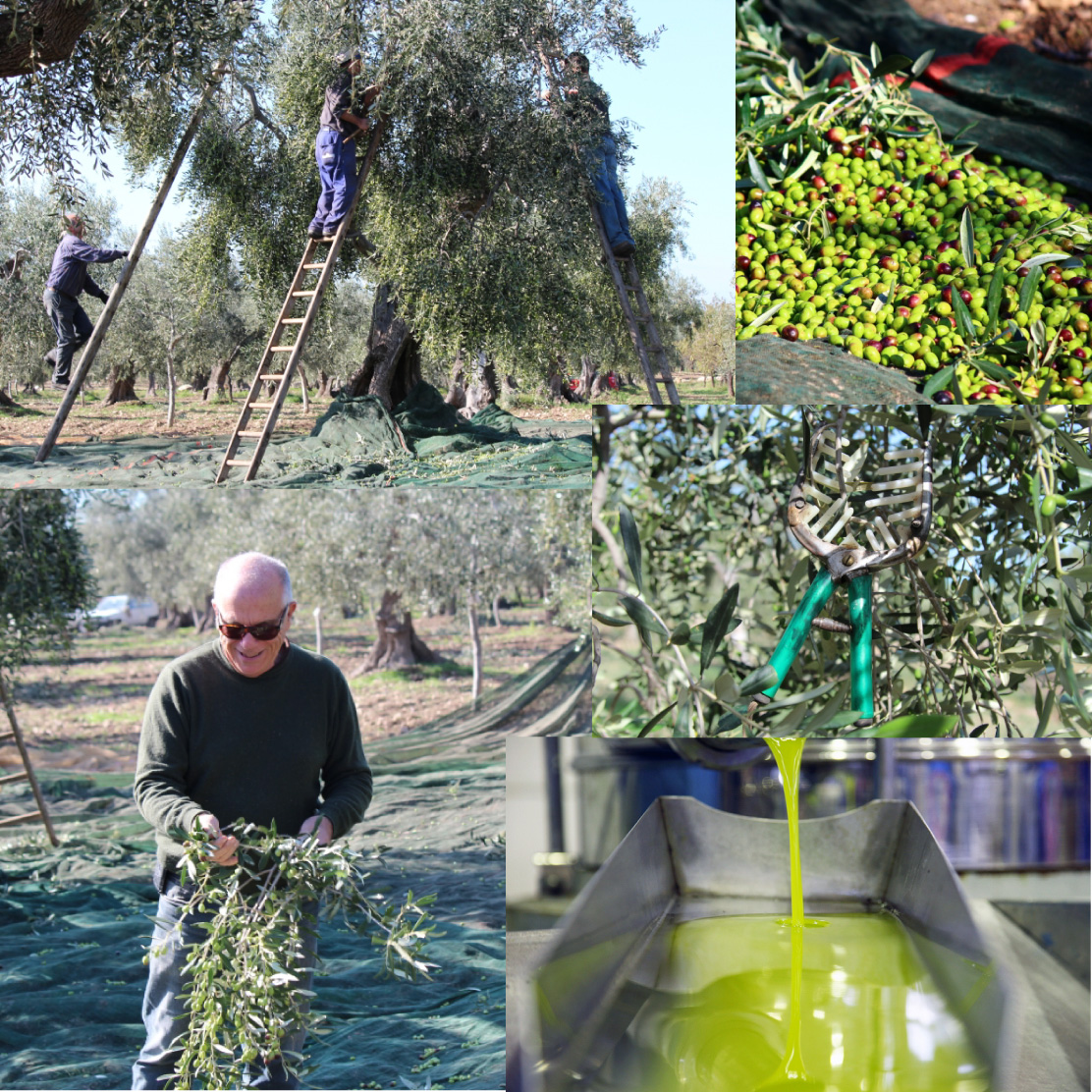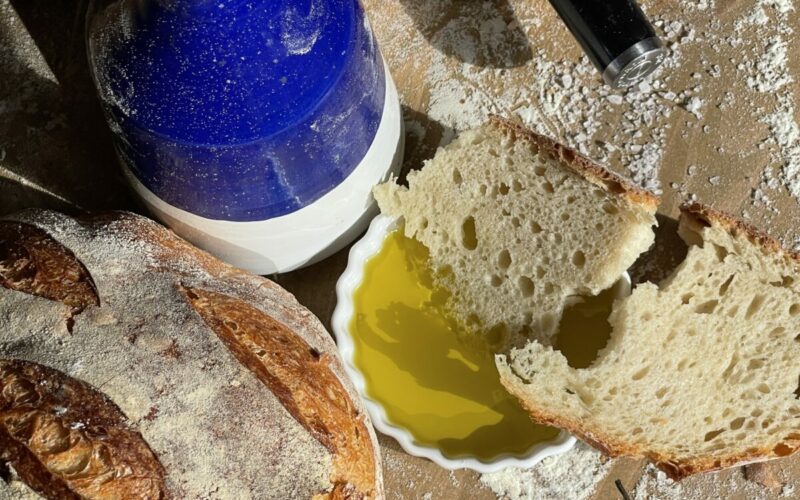Next time you buy a bottle of olive oil and open it, close your eyes and experience the aroma emanating from the bottle. You’ll see green olive trees, a warm breeze, and scents of olives, almonds, and artichokes. This magic will only happen if the bottle is of high quality. But how do you choose?
There are various types of olive oil available on the market, and especially if you’re not an expert, you should pay attention to the label. In particular, the first difference is between extra virgin olive oil and virgin olive oil. The product with the highest quality is of course the first one. To have extra virgin olive oil, the oil must have certain sensory characteristics, especially acidity below 0.8%. To obtain these characteristics, the manufacturer must perform a series of operations that improve the quality of the oil. In particular, the olives must be harvested when they are not yet fully ripe (ripe olives produce more oil, but of lower quality), transported to the mill within 24 hours of harvesting, and modern crushers that do not heat the oil during the working process should be used. Usually, olive oil does not have these characteristics and may have an acidity of up to 2%, so the taste and positive effects on our bodies are different. So, the first key element, as obvious as it may seem, is to make sure that the label has the designation “EXTRA VIRGIN”.
The second recommendation First cold-pressed olive oil has no expiration date, but over time it loses its original flavor. The label indicates the year of production and the date by which it should be consumed (usually not exceeding 18 months). Good first cold-pressed olive oil should be slightly pungent. Pungency, while pleasant, is also an indicator that the oil is not old and still rich in polyphenols.
The third element to pay attention to is the origin of the olives. Large companies do not trade in their own production oil, and even if the brand is Italian, it does not necessarily mean that the oil in that bottle is Italian. Buying Italian branded oil containing Spanish or Tunisian oil makes you feel deceived. I’m not saying that Spanish and Tunisian olive oil is bad, but if you want to buy Spanish or Tunisian oil, buy it from a Spanish or Tunisian producer. Today, thanks to the Internet, oil can be purchased directly from producers. If you are a lover of good taste, you will soon notice the difference from industrial products and soon learn that like wine, olives come in several varieties, from which different types of oil are produced. Italy is the country with the most variety of olive cultivars in the world.
The bottle should be glass and dark. Always close the bottle cap and avoid buying too large bottles, as the oil oxidizes when in contact with oxygen. Once you open the bottle, you should use it within 30-40 days. Store the bottle of oil away from light and at a temperature of 12 to 18 degrees Celsius. Avoid buying oil in large quantities and do not store it in garages or unheated warehouses during the winter.
My thanks to Luca “Masseria Papone” for these useful tips!








